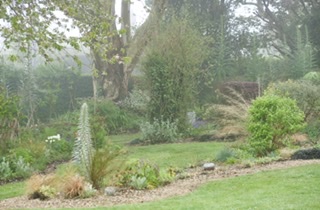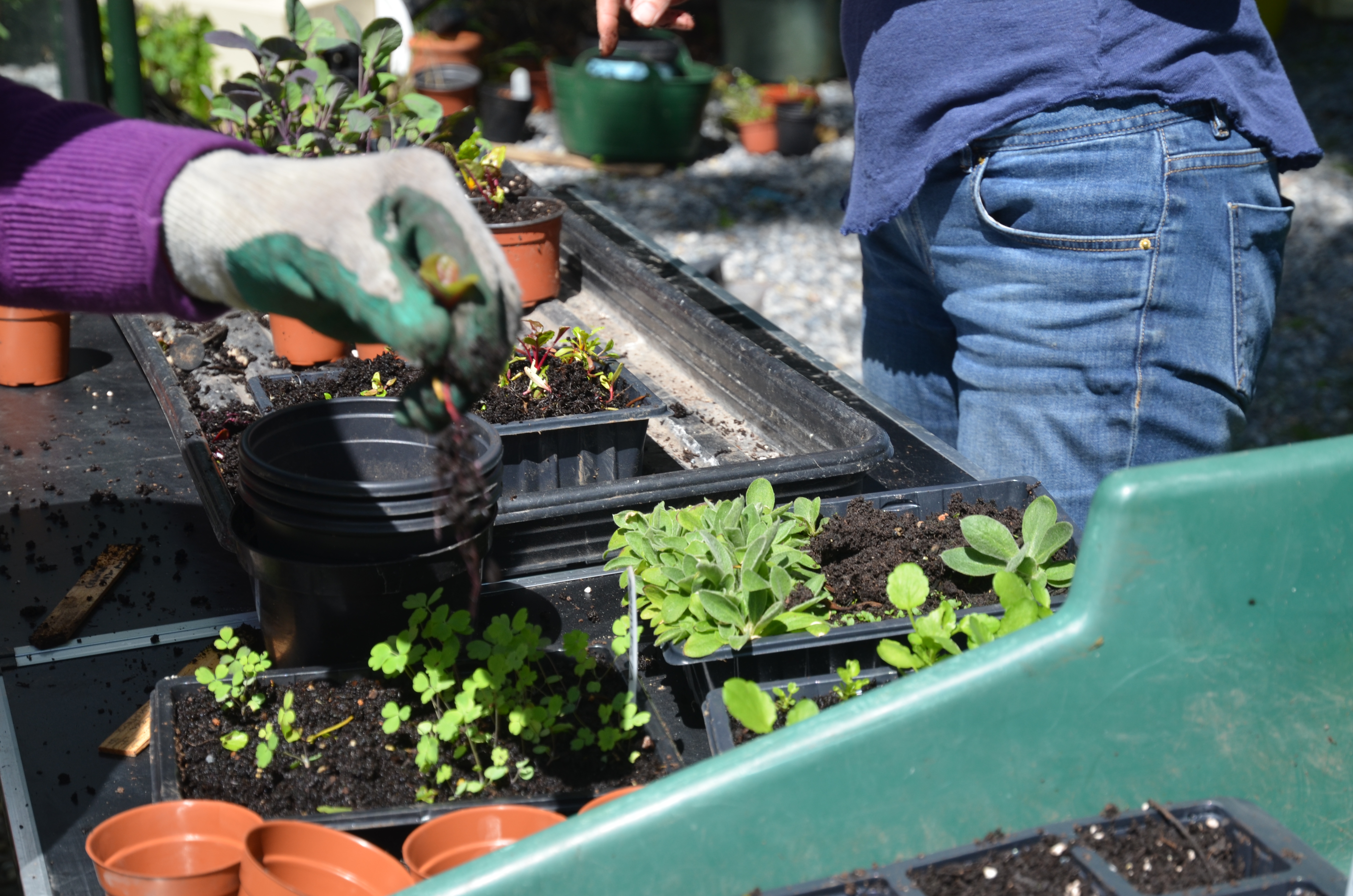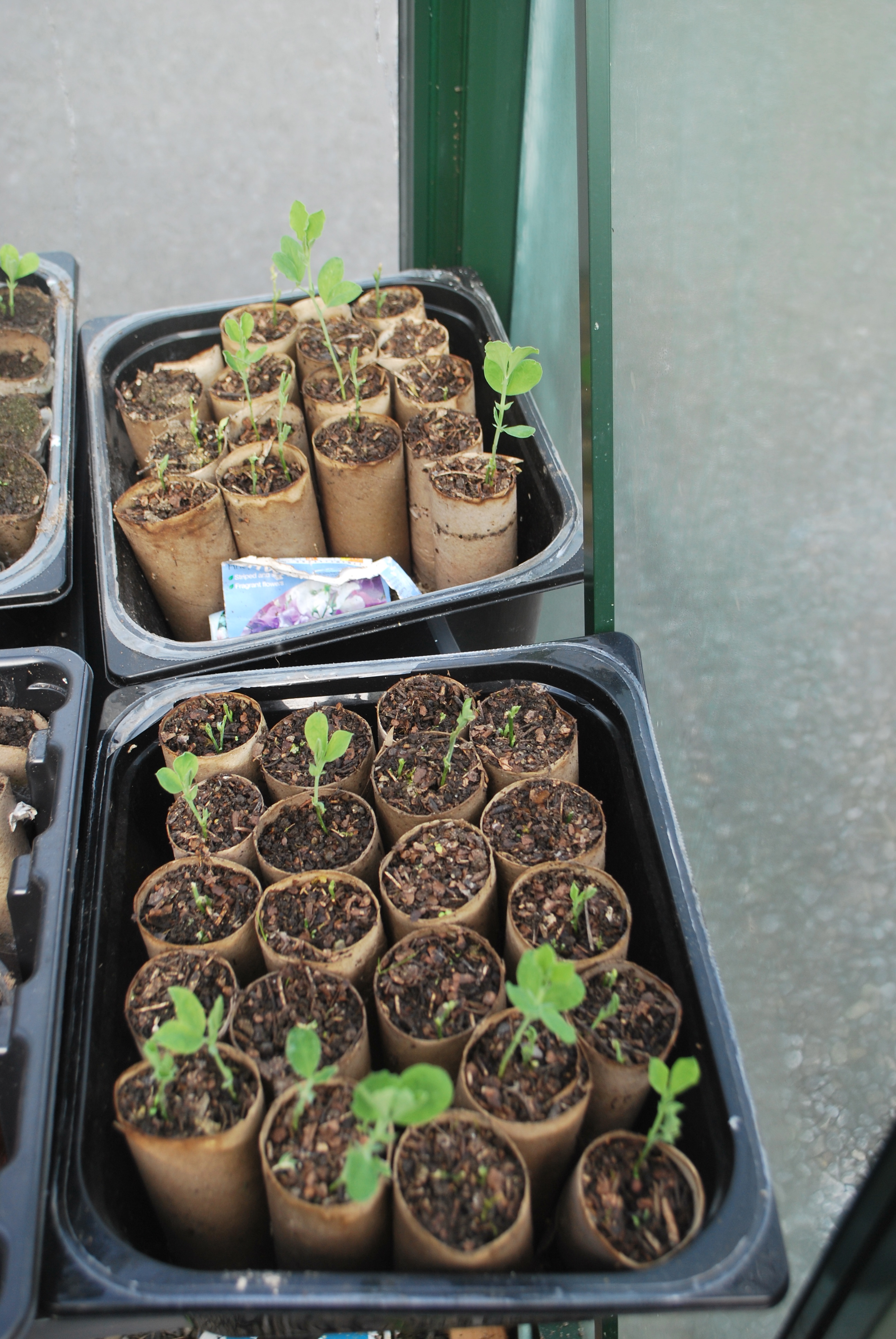Seeds-a little information.
Coco de Mer a species of Indian Ocean Palm
35-40cm size of the seed weighs 40 kg (88lbs) — the worlds largest seed — imagine that falling on your head!!!
Arctic lupin seeds were found to be viable after 10,000 years lying frozen in the tundra.Dandelion can travel 200 km in a storm, fern spores have been knowing to travel 200 km from their parent. Seeds such as cleavers are responsible for the invention of Velcro.
A seed holds the complete DNA of every cell, hair, vein, leaf, petal and root, is preprogrammed and waiting for germination.
Some seeds germinate immediately some can take years, Some need to be digested by animals, some need fire for a trigger ( many S. African and Australian plants) Some need periods of cold, winter before their seed coat will break open.Have you ever wondered how a Buddleia ends up growing out of a chimney pot?
Ferns are interesting as they don’t produce flowers and for a long time were not understood.There are 2 distinct stages in the life cycle of a fern.They produce spores from the underside of their leaves, which are dispersed from the fern and they germinate. After germination, they grow into small heart-shaped plants known as prothalli. male and female cells are produced on these plants and after fertilisation, the adult fern begins to develop.
Germination is triggered by water, heat and air found in soil/compost. As light levels rise you have less risk of seedlings becoming very leggy-sweet pea — don’t panic, pick out very leggy shoots and this will encourage a stronger stem.
Growing indoors allows us to cheat winter a little allowing a head start using best compost.I sow tomatoes seeds, your opportunity to grow unusual varieties.
My first workshop will be on how to Seed Sowing on February 10 from 10 -1 pm you can book
Have a look at
Irish Seed Savers, Brown Envelope Seeds, Green Vegetable Seed.
Seedaholic– great information with their packets.
Some seeds to sow now ( February) undercover — either in a greenhouse or a window sill.It is still too cold but as soon as temperatures begin to rise – March? You could begin to Harden them Off – which prepares them for the great outdoors.
Also when you sow seeds they are sown into a compost that has very little nutrition-they don’t need it as the seed comes with its own food supply. As soon as the true leaves appear the seed has become a plant and it now will require feeding — planting on. Overcrowded seed containers lead to poor growth, as there is not enough space for the young plants to thrive, therefore you have to “thin out” the seedlings, and plant on the stronger ones.
Some seeds to start now-February- seed packets will give you lots of information.
Kale
Tomatoes – like a bit of bottom heat to get going.
Sweet-pea (Lathyrus odoratus)
Lettuce Seeds
Antirrhinum majus
Celery,
Globe artichokes,
Celeriac,
Leeks,
Onions,
Aubergines,
Peppers/chilli-peppers.
Morning glory (Ipomoea),
Marigolds (Calendula and Tagetes species) and sunflowers (Helianthus cultivars) can be started off indoors to create flower displays for the summer.
Outside: Weather permitting you can try planting out broad beans, spinach, kohlrabi, onion and shallot sets, Jerusalem artichokes, parsnip and early pea varieties.
Always label your seed trays, Name of seed, Date.
Bare Rooted Plants
Deciduous trees and shrubs are about to “break bud”the garden is waking up, time to plant bare-rooted trees and shrubs, which are cheaper to buy now and easier to plant. The younger the whip the better it will settle well into its new home. Don’t forget to stake when planting the tree, when necessary.Don’t plant if the ground is frozen or waterlogged.

Perennials and Bulbs in flower now
Hellebores are in full bloom, so its great time to buy them in garden centres. I consider them “Excellent Value Plants”.Remove all their leaves ( they will regrow ) this allows you to see and enjoy the flowers and also make it easier for pollinators (Bees) to get in to fertilise the flowers and make new seeds.
Snowdrops [Galanthus) are popping up, people who go nuts for these tiny flowers are called “Galanthophiles”.
Daffodils-Narcissi — remember the ones you planted in the autumn? Should be looking well now and going into March. Traditionally we planted potatoes on17 March – St Patrick’s Day, which you can but sometimes the soil can be too cold or wet-quiet often it is best to wait until April.The optimum temperature for growth is between 5-7 degrees.There are hundreds of varieties and cultivars and 3 different types of potatoes.First earlies, earlies and main-crop.

The seeds you planted earlier will need to be pricked out into cell-trays or modules, using a good quality seed compost with some nutrition.Divide clumps of ornamental grasses and bamboo now.
Jobs to do now
Comb through and Cut back spent ornamental grasses-such as Stipa tenuissima.
Divide ornamental grasses and bamboo.Tidy up and allow the new shoots to come through.
Feed Bamboo.
Divide large clumps of perennials that you didn’t get to in Autumn.Replant, pot up and keep until you decide where you wish to replant them, share them with friends, sell them at plant sales, compost the tattered bits.
Snowdrops (Galanthus spp)are now in full flower when they finish flowering, divide large clumps, and place them where you would like to see them next year. Share some with friends.
Check Dahlia Tubers and start to get pots ready-starting Dahlias in pots allows for strong early growth. You can take stem cuttings from the new plant, when in growth and have the cuttings producing blooms later on in the year. It also helps you to prevent slug attack as you can spot it earlier.If you have managed to attract hedgehogs, frogs to your garden they will help you with a slug problem, and also all the birds you looked after will now eat your snails. This I consider fare exchange and balance.
Start to prune roses-they produce their flowers generally on new growth.
Prune wisteria — the whippets which grew last year.
Cut back Cornus alba ( to encourage new growth)-that lovely red or yellow stemmed winter shrub. If it is not pruned you lose the young coloured shoots for next winter.
Autumn fruiting raspberries should be cut back to the base, as fruit will be produced on new growth.Again, hoe gravel paths, vegetable and flower beds, keeping weeds at bay will be very rewarding later on.Hopefully, you did get your mulch onto your beds in the autumn, now with lots of rain, if the soil is not covered try to cover it now either with a mulch or even leaves, protecting it from erosion and damage. Remember as temperatures increase, slugs begin to surface and commence their eating, They don’t know the difference between your Dahlia and a weed. Be vigilant and pull back large clumps of compost from plants, so as dissuading a slug from an easy dinner.
Apply slow release fertiliser such as chicken pellets in areas where there are lots of bulbs.This is the time to feed bulbs, as they are emerging out of the soil.Having a mulch of FYM or Horse manure is an overall feed also for the emerging bulbs.
Cut back spent growth, again hedgehogs etc are still hibernating — not too much and be aware.
Feed birds-much of their habitats have been removed, for nesting as well as for feeding, therefore we need to give them a hand.Domestic gardens are of great benefit to all creatures besides us!! Make sure there is water available for all garden creatures, we are all 80% water.





